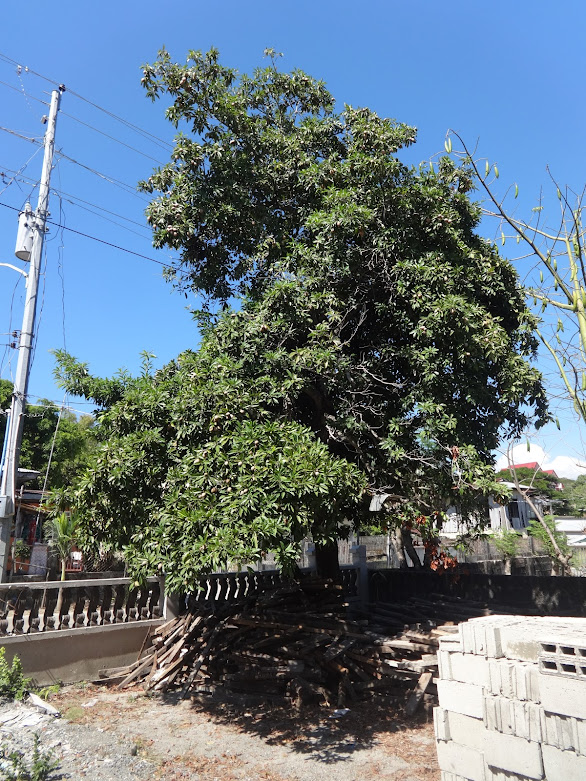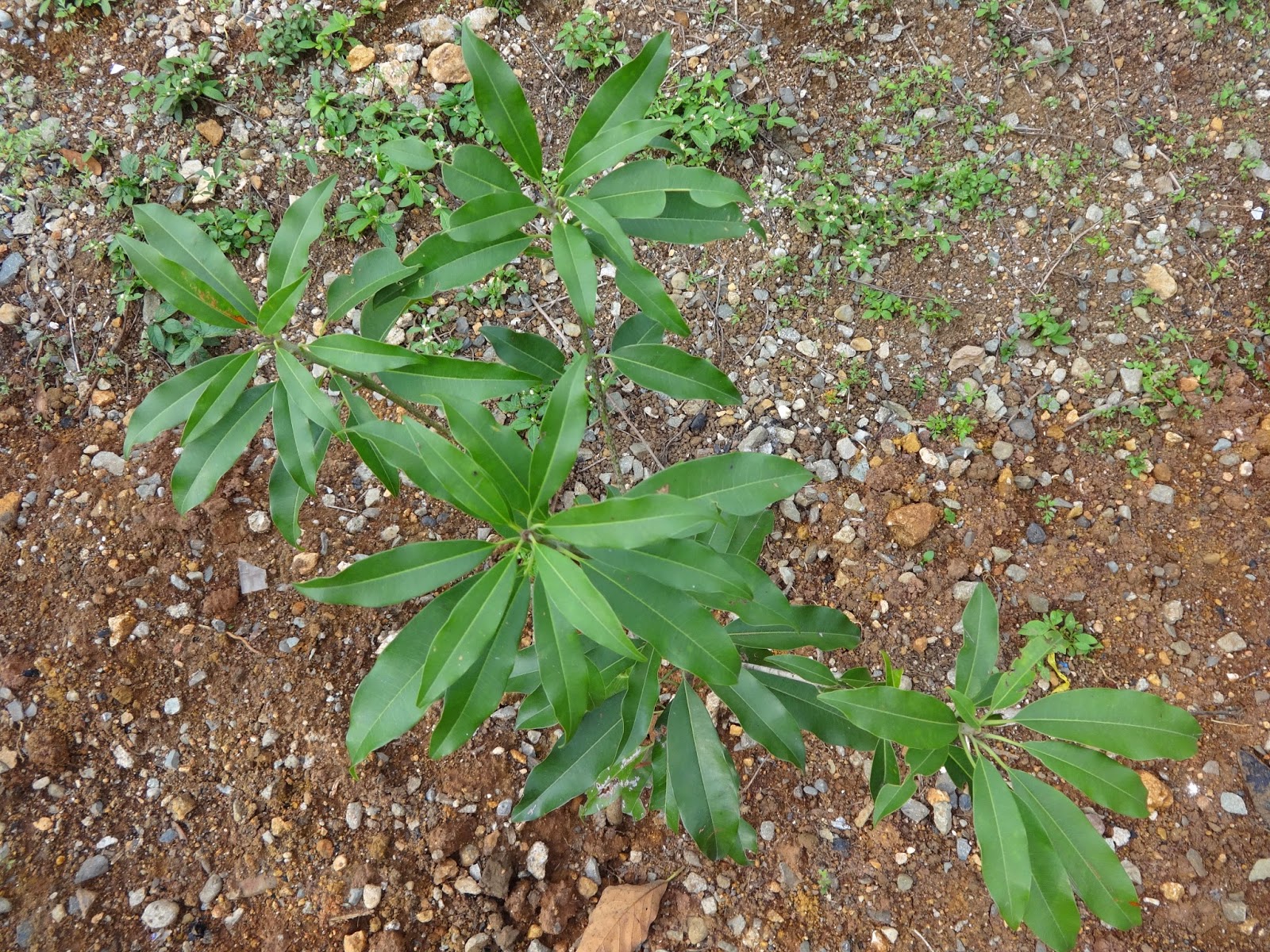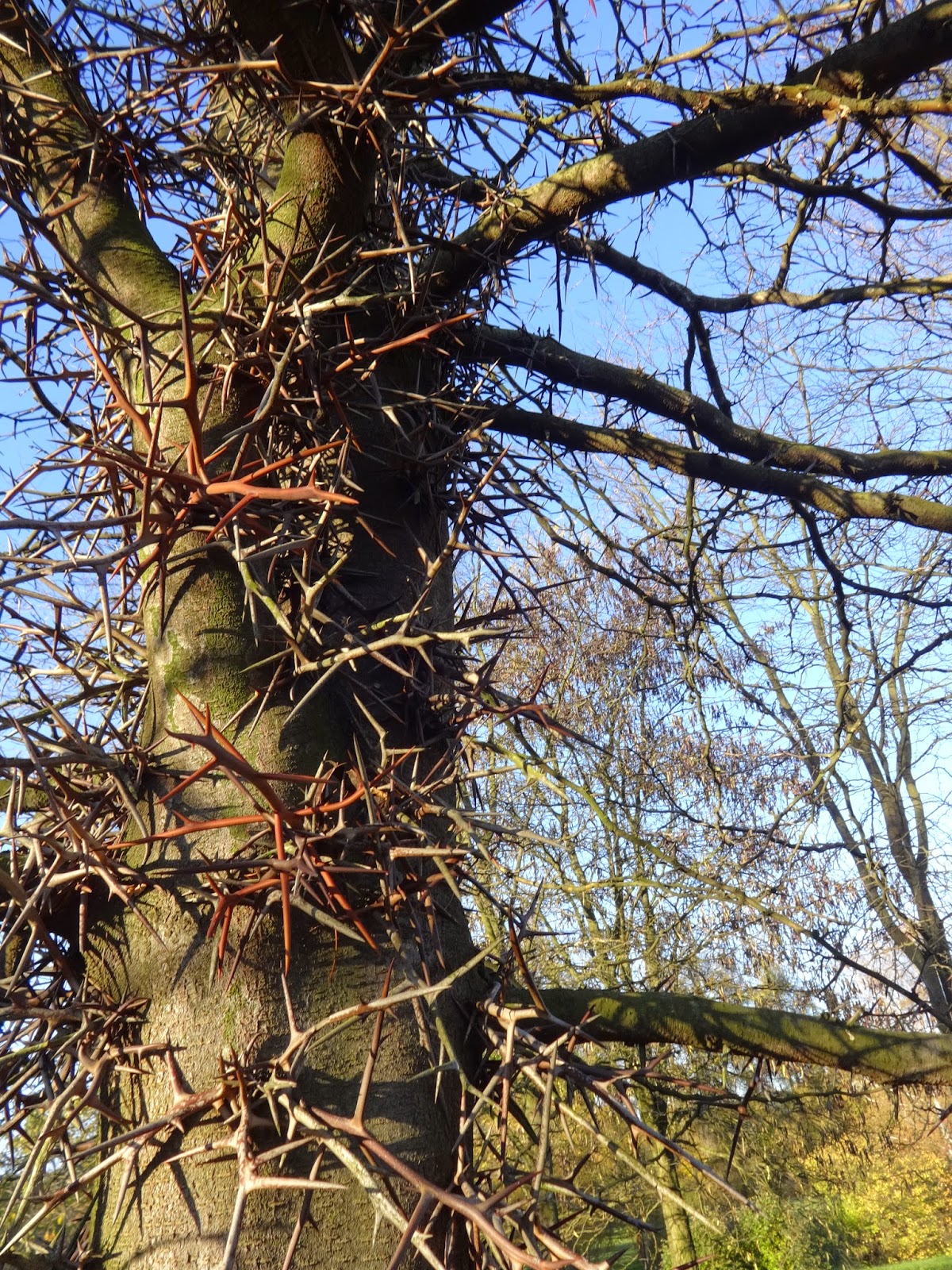PLANT PROFILE
Manilkara zapota is an evergreen tropical tree, famous for its delicious fruits. In the past, it was also popular for its white sap called Chicle, gathered and dried into chewing gum, hence its common name Sapodilla. It was used for this purpose by Aztec, who used it also as a glue and to make modeling figures. But today it is hard to find anywhere, this expensive, traditionally made, original chewing gum. While its commercial successors popular around whole world, are made mostly from synthetic rubber. Also wood from this tree is used commercially, it is very durable and good for furniture and tools production. Sapodilla is probably native to south Mexico, Belize and Guatemala, where it has been cultivated since ancient times. Mayan writings mention about milions of Zapotle trees growing on Mayan civilisation territory. And nowadays it is popular as a fruit tree in nearly whole tropical world and also in subtropical climate regions.
Manilkara zapota fruits have many different common names in different countries and languages : Sapodilla (English), Zapotilla (Spanish), Chico (Tagalog) - also Chikoo, Chickoo, Chikoo or Chiku, Chicosapote (Guatemala, Mexico, Hawaii), Naseberry (West Indies and some parts of India), Sapodilla Plum (India), Nispero (Mexico, Spanish speaking countries), Sapotilla, Sapote or Sapota ( Brasil), Briapfel (Germany), Sapotille (France), Zapota (Venezuela), Zapote (Cuba, Honduras, El Salvador), Baramasi (Bengal and Bihar, India), Sapeta (Orija), Mispel (Virgin Islands), Sabudheli (Maladives), Saos or Sawo (Indonesia), Lamoot (Thailand), Muy (Guatemala), Muyzapot (El Salvador), Sapojira (Japan), Kkom na mu (Korea), Gudalu (Nepal), Ya (Jucatan), Rata-Mi (Sri Lanka), Hong Xiem (Vietnam) - and these are just some of them. Sometimes synonym of this plant - Achras zapota can be still found in use.

CULTIVATION AND HARVESTING
Sapodilla is rather slow growing, long lived, tough tree, very dense, medium hight and evergreen. It is tropical plant that can easily adapt in not stictly tropical regions as well. Young plants are getting killed by temperatures below 0'C, but older plants can survive frosts to -4'C with only moderate damage. Manilkara zapota thrives in full sun, in rich, acidic, sandy, well drained soil, but will grow in poor soils as well. It tolerates well drought, heat, salinity, and is strongly wind resistant. Sapodilla is very fruit productive, it can yield fruits when it is 5 year old, nearly all year round, with one or two main crops. In India saline water is used for watering, to reduce vegetative growth and promote fruiting. Fruits matures afrter 4 to 8 months from polination. There are quite few varieties with different fruit sizes and shapes ( from 4cm round 'Pineras' to 8cm long, conical 'Ponderosa' ), which might be suitable for different conditions. These are usually propagated by marcotting, but it might be grown from cuttings and seeds as well. Sapodillas milky, gummy sap is gathered by cuttings on its tree trunk, then dried and usually cut into stripes for chewing.

CULINARY USES
There are different varieties of Sapodilla fruits, and of course taste may vary a bit according to different soil, weather and time of harvest or way of storage. I've been lucky to get these fruits frequently in England (it comes there from Dominican Republic) and now in Philippines, and it taste unlike anything else. Very sweet, soft flesh, inside thin but firm skin, reminds me a bit a taste of fully ripened pear with hint of vanilla and cinnamon. I've been eating many rare fruits in my life and nothing realy tastes like this delicious one. But there is big '' but '' - these fruits are very tender when ripe, so in order to reach markets on distant lands, it have to be picked fairly unripe. Then it is keeping in cold storage and sometimes laying for long time on stalks, being pressed by many hands, checking if it is soft yet. So at the end, if You'll be lucky to find this fruit far from region of origin. It will be not only quite expensive but half of it might be spoiled (with good looking skin but fermented pulp inside) or so unripe, that unable to get ripe even laying on the sun for long time.
Unripe, hard fruits are very tart and just slightly sweet, but the more ripe they are the more soft and sweet its flesh is. Chico can be eaten raw on its own or added to any kind of desserts, from fruit salads to ice creams and milk shakes. It is turned into jams, syrups, fried or fermented into wine. It also might be blended with egg custard and baked or added to pancake batter. In Indonesia young shoots are eaten raw, after washing sticky sap off or steamed with rice. Sapodillas dried sap called Chicle was chewed by Aztecs and Mayas to quench thirst, and was highly valued by European settlers for its subtle flavor and high sugar content.
COSMETIC USES
Chico fruit is rich in vitamin A and promote collagen production, therefore rejuvenate the skin and slow aging process of the skin. Ripe fruit pulp can be applied as face mask.
 MEDICINAL USES
MEDICINAL USESChico fruits are easily digestible and calorie rich, contains simple sugars, proteins, dietary fiber, calcium, iron, phosphorus, potassium, magnesium, zinc, sodium, copper, vitamins A (good for eyes, mucous mambranes and skin), C, B6, riboflavin, niacin, pantothenic and malic acids, many phenols, quercitrin and myricitrin. It nourish and revitalizes body, therefore it is recommended for pregnant (helps prevent morning sickness) and lactating women, and people in convalescence. Fully ripe (only!) fruits, deseeded and peeled, are also safe, digestible food for babies and even infants. As it does not couse allergic reactions and support their physical and mental growth. Not entirely ripe fruits contain big amounts of tannins, that are astringent, antioxidant, antviral, antibacterial and antiinflamatory, and are helpfull for indigestion, diarrhea, dysentery and hemorrhage. Also decoction from young fruits is taken for diarrhea. Fully ripe fruits have low content of tannins, concentrated in its peel and next to it. Decoction from young fruits and flowers is good for lungs, especially with pulmonary problems, it is also helpfull expectorant. Sapodilla fruit by its electrolyte content boosts nervous system functions and is prescribed in diet for people who suffer depression, stress, anxiety and insomnia. Its antispasmodic value help in treatment of muscle spasms and pains. Consumption of this fruit is known to effectively lower risk, and inhibit growth of breast and colon cancers.
Seeds from Sapodilla contain saponins and quercitin, it is tonic, antibacterial, antipyretic, febrifuge and laxative. Paste made from it is applied to stings and venomous bites. Juice from seeds have antihistamine qualities, and is effective drug for anxiety and depression, it is also diuretic, helping remove stones from bladder and kidneys. Eating more than 6 seeds causes abdominal pain and vomiting. As a European who had never been in tropics before, I've caught some nasty infection in the Philippines. First diarrhoea, then headache, muscle pains and slight fever. I've decided to test Chico seeds. I ate two, opening them by cracking its hard shell with teeth, just as you do with sunflower seeds. It was a unique expierience. It has a very intense and hard to describe flavour, with strong bitterness. I chewed it a bit, swallowed, and drank a glass of water. I've felt sudden relief, and none of symptoms had occured again. It's a very potent drug and I strongly advise you to be cautious with it.
Old, yellowed leaves are used in form of infusion for colds, coughs, flu and diarrhea, externally it is applied on wounds and ulcers, it also have diuretic and hypotensive action. Alcohol extracts of leaves and bark of Manilkara zapota have proven to be highly antioxidant and antibacterial.
Bark infusion is rich in tannins, have astringent, antibiotic and febrifuge action, and is used for diarrhea, dysentery and malaria. Laboratory studies showed antitumor activity of alcohol extracts from Sapodilla bark.
The latex is used in tropics as a crude filling for tooth cavities.






Manilkara zapota variegata

Sources
'' Promising Fruits of the Philippines '' - Roberto E. Coronel, 1983 College of Agriculture, University of Philippines at Los Banos, College Laguna Philippines
'' Fruits of the Philippines '' - Dereen G. Fernandez, 1997 Bookmark, Inc.
'' Edible Medicinal And Non-Medicinal Plants, volume 6, Fruits '' - T. K. Lim, 2013 Springer Science and Buissnes Media
'' Tropical Fruits Newsletter'' - Bib. Orton LICA/KATIE
'' Wind in the Blood - Mayan Healing and Chinese Medicine '' - 1999, North Atlantic Books
http://en.wikipedia.org/wiki/Manilkara_zapota
http://en.wikipedia.org/wiki/Chewing_gum
http://en.wikipedia.org/wiki/Chicle
http://www.ntbg.org/plants/plant_details.php?plantid=7423
http://edis.ifas.ufl.edu/st405
http://toptropicals.com/cgi-bin/garden_catalog/cat.cgi?uid=Achras_zapota
https://www.hort.purdue.edu/newcrop/morton/sapodilla.html
http://herbs-treatandtaste.blogspot.com/2011/01/what-is-chikoo-or-chickoo-sapodilla.html
http://davesgarden.com/guides/pf/go/55935/
http://www.worldagroforestry.org/treedb/AFTPDFS/Manilkara_zapota.pdf
http://recipeclout.india-server.com/sapodilla.html
http://parentinghealthybabies.com/health-benefits-of-sapodilla-for-babies/
http://www.ncbi.nlm.nih.gov/pubmed/12880319
http://www.sciencepub.net/nature/ns0810/21_3684ns0810_260_266.pdf
http://ainfo.cnptia.embrapa.br/digital/bitstream/item/34503/1/PD10010.pdf
http://www.scielo.cl/scielo.php?pid=S0716-97602010000200003&script=sci_arttext
http://ijps.aizeonpublishers.net/content/2013/6/ijps394-397.pdf
http://www.banglajol.info/index.php/JSR/article/view/714
http://www.ncbi.nlm.nih.gov/pmc/articles/PMC3614210/
http://www.scielo.br/scielo.php?pid=S0100-204X2002000400020&script=sci_arttext
http://www.researchgate.net/publication/242014909_New_triterpenoid_acyl_derivatives_and_biological_study_of_Manilkara_zapota_(L.)_Van_Royen_fruits
http://www.ncbi.nlm.nih.gov/pmc/articles/PMC3614210/
http://applications.emro.who.int/imemrf/Pak_J_Pharm_Sci/Pak_J_Pharm_Sci_2013_26_4_805_811.pdf



































.JPG)






























